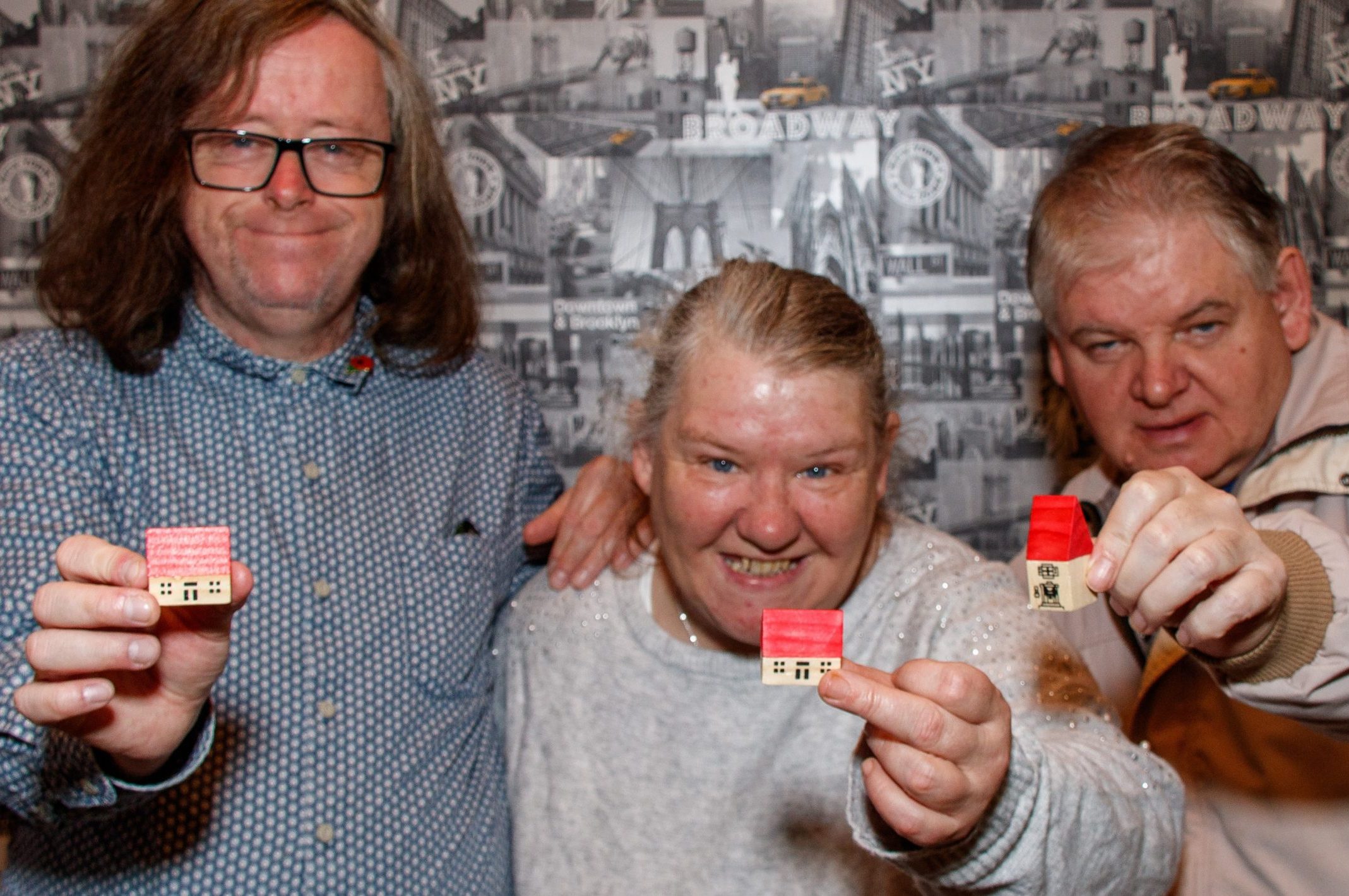
I already know what one of my new year’s resolutions will be for next year: we continue to work together to build a vision for better social care.
That’s what collectives such as Social Care Future, a broad movement committed to change, have been doing for the last year.
This means building a vision and plans for collective action to create more person-centred, asset-based approaches to care and support which improve experiences and outcomes.
Social Care Future’s mantra: “We all want to live in the place we call home with the people and things that we love, in communities where we look out for one another, doing the things that matter to us. That’s the #socialcarefuture we seek”.

Positive examples
As several commissions and reviews have told us over recent years, closing the rhetoric gap around social care is likely to be difficult. But there are positive examples of what is possible if you look hard enough.
KeyRing, for instance, connects volunteers to people who are isolated, to others in the community; and to forms of support to help them maintain their independence.
Wellbeing Teams in places like Thurrock are improving people’s experience by creating small, neighbourhood self-managed teams. These can help people regain and retain independence and provide excellent compassionate person-centred care.
For more of these examples, go to Think Local Act Personal’s (TLAP) Directory of Innovations in Community-Led Support.

Two phases
So, if these services are so good, why aren’t there more of them? This is where the DHSC-funded Social Care Innovation Network comes into play.
Led by TLAP, SharedLives Plus and our colleagues here at the Social Care Institute for Excellence (SCIE), it has been established to explore how we create the conditions locally to enable good models of care to thrive and - if they want to - grow.
Phase one of the Network ended in the summer and here is the report setting out what we learnt. Phase two is about to start and involves 16 local authorities, along with 20 excellent providers; and many national and local citizens.
Small charity example
But the challenges facing smaller innovators seeking to grow are considerable. This tweet from a colleague who leads an award-winning charity supporting people with learning disabilities, underscores the extent of some of the challenges:
“The joys of running a small charity. You spend hours and hours working on a local authority commissioning prospectus bid and today I receive a letter saying ‘On second thoughts we have cancelled the process.’ I’ve wasted time and money on this!”
As the quote conveys, the way we commission services now is not always geared towards supporting innovations to grow. This is one theme the Network will be exploring over the coming months.
The other two themes are:
- How we take self-directed support back to its roots
- How we build asset-based areas which draw on people’s strengths and connections

The learning from all of these themes will be shared from the start of next year.
Christmas can be a time for reflection and for hope. In the new year, we have an opportunity to work together, so that more and more people benefit when we act on their aspirations, hopes and dreams.